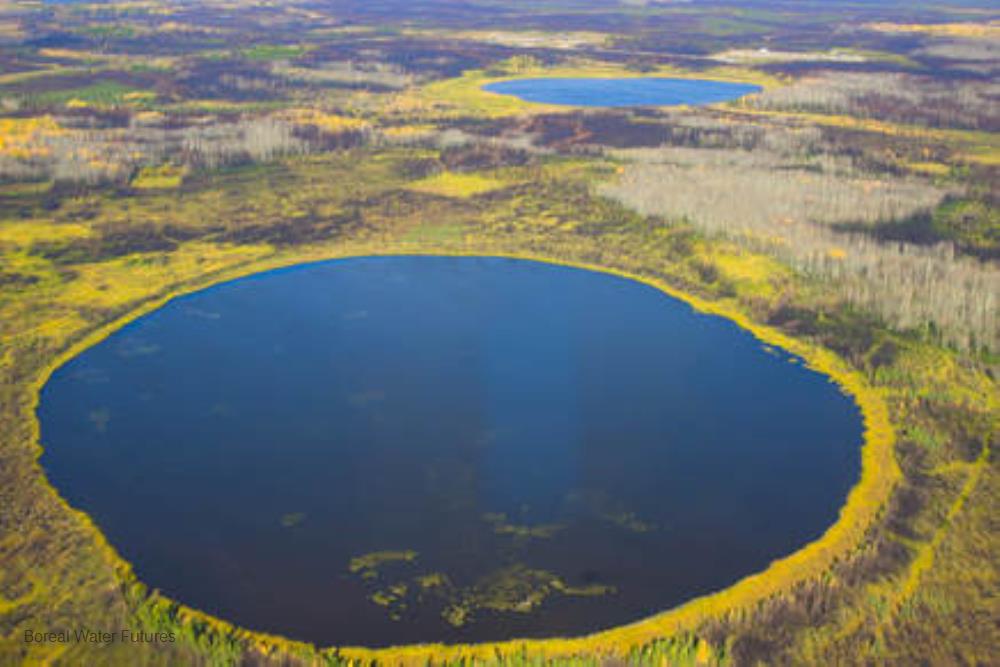
Related items loading ...
Section 1: Publication
Publication Type
Journal Article
Authorship
Koutantou, K., Mazzotti, G., Brunner, P., Webster, C., & Jonas, T.
Title
Exploring snow distribution dynamics in steep forested slopes with UAV-borne LiDAR
Year
2022
Publication Outlet
Cold Regions Science and Technology, 103587
DOI
ISBN
ISSN
Citation
Koutantou, K., Mazzotti, G., Brunner, P., Webster, C., & Jonas, T. (2022). Exploring snow distribution dynamics in steep forested slopes with UAV-borne LiDAR. Cold Regions Science and Technology, 103587.
https://doi.org/10.1016/j.coldregions.2022.103587
Abstract
Mapping snow in forests is important for understanding the snow cover dynamics in these environments in view of hydrological applications and water resources management. Today, Uncrewed Aerial Vehicles (UAVs) are widely used for snow studies due to their rather cheap and flexible operation. UAV-borne Light detection and ranging (LiDAR) systems are a promising technology for sub-canopy snow mapping at high temporal resolutions, concurrently providing information on both the canopy and the below-canopy snow surface. In this pilot study, we used a UAV-LiDAR system to investigate the snow cover dynamics within two steep forested slopes of opposing aspects in the Swiss Alps at both high spatial resolution and unprecedented temporal resolution. Using a Distance to Canopy Edge (DCE) algorithm to characterize local forest structure, snow depth was analyzed in terms of relative position within variable forest cover. The north-exposed site had higher mean snow depths throughout the season compared to the south-exposed site, especially in canopy gaps. Whereas snow depletion rate was consistent throughout the north-exposed site, snow depletion was much faster in the gaps at the south-exposed slope. Correlation coefficients between snow depths and local canopy closure were weaker at the south-exposed (between −0.5 and − 0.7) than at the north-exposed site (between −0.7 and − 0.9), and rapidly deteriorated right after the peak of winter at the south-exposed slope. This indicates shortwave radiation dominates snowmelt processes at this site, which was thought to be spatially uncorrelated to local canopy cover, unlike accumulation and melt processes on the north-exposed slope that generated snow patterns with a high spatial correlation to local canopy cover throughout the entire season. Calculations of incoming sub-canopy shortwave radiation (SWR) for both sites confirmed this assumption. While our findings encourage the use of UAV-borne LiDAR for further investigations of snow cover dynamics in steep forested slopes, we also outline and discuss technical challenges specific to this application. Our insights allow deriving useful recommendations for future studies using UAV-borne LiDAR over a similar environment.
Highlights
• First time series of UAV-LiDAR based snow depth maps on two opposed forested slopes in the Alps.
• At the north-exposed slope snow depth was correlated to canopy closure until mid-ablation.
• Sun exposure throughout the season led to complex snow patterns at the south-exposed slope.
• Recommendations on the use of UAV-based LiDAR for forest snow studies in complex terrain are provided.
Plain Language Summary


 GWFNet
GWFNet Master
Master Research
Research Map
Map
 Advanced
Advanced . . .
. . .

 Metadata Editor
Metadata Editor
 Record List
Record List
 Alias List Editor
Alias List Editor
 Legacy sites
Legacy sites